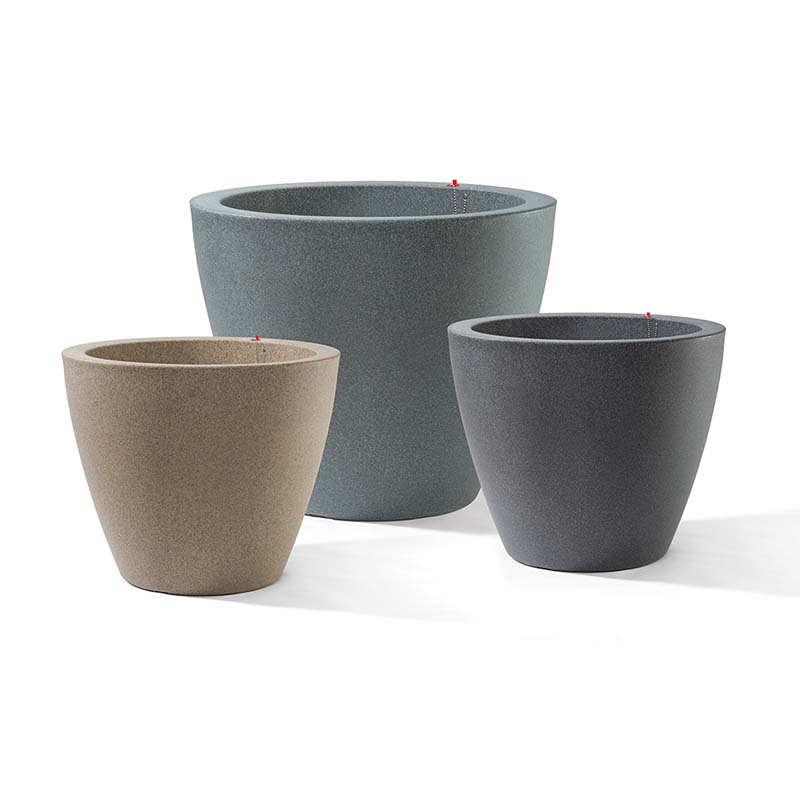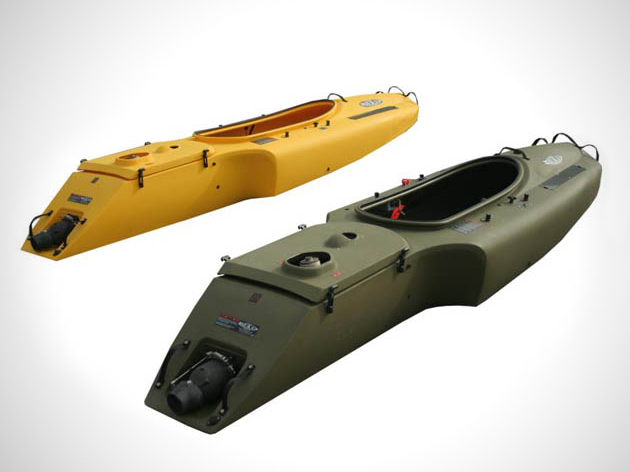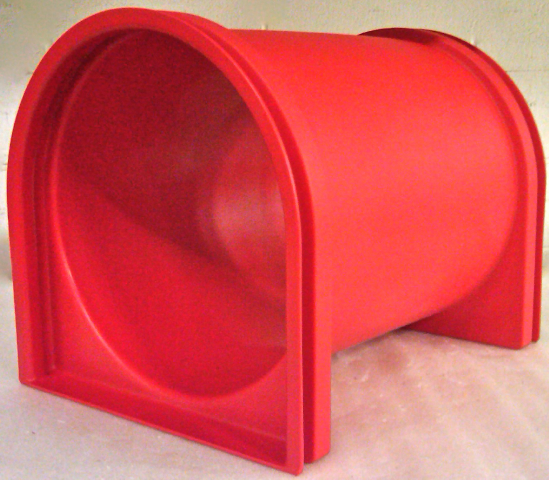The rotational molding process is a high-temperature, low-pressure plastic-forming process that uses heat and biaxial rotation (i.e., angular rotation on two axes) to produce hollow, one-piece parts. A calculated amount of pulverized plastic is added to a hollow mold, which is then heated and slowly rotated in at least two directions. This causes the plastic to soften, disperse, and stick to the walls of the mold. The mold continues to rotate throughout the heating and cooling process, after which the part is removed from the mold.

Rotational Molding
The numerous advantages of rotomolding include:
- Virtually stress free parts
- Consistent wall thickness
- Strength of outside corners
- Ability to mold many pieces as a single part
- Molds generally require less investment, allowing for short lead times
- Limited material waste
Products that can be manufactured using rotational molding include storage tanks, furniture, road signs and bollards, planters, pet houses, toys, bins and refuse containers, airplane parts, doll parts, road cones, footballs, helmets, canoes, rowing boats and kayak hulls and playground slides.
If you need a cost effective alternative to injection blow molding for low to mid volume production, we have a solution for you.







